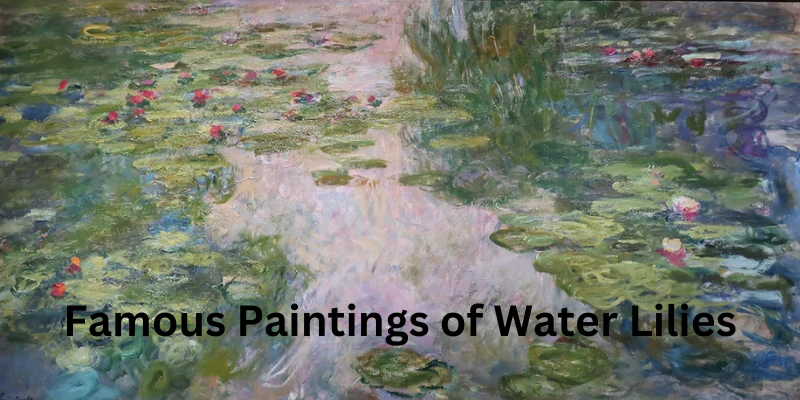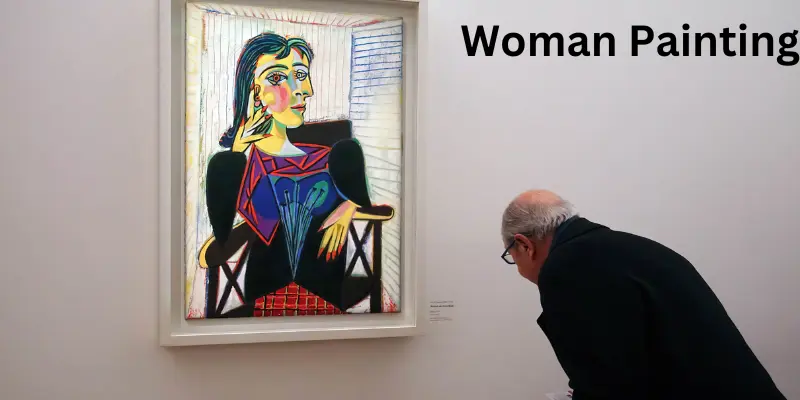Painting of Paris and History – Tech Deco
Updated: January 9, 2025
16
Painting of Paris is one of the oldest and most revered forms of human expression. It is an art form that involves applying pigments to a surface typically canvas, wood, paper, or walls to create images, convey ideas, or evoke emotions.
Across cultures and throughout history, Painting of Paris has been a way to document experiences, explore beauty, and express creativity. From cave paintings in prehistoric times to contemporary abstract art, Painting of Paris has continually evolved, reflecting changes in society, culture, and artistic thought.
City of light of Painting of Paris
Paris has been a huge inspiration for artists for centuries. Think about all those beautiful scenes of the Eiffel Tower, the Seine River, and charming streets. Famous painters like Monet, Van Gogh, and Renoir captured the essence of the city in their works. Impressionism really took off in Paris, with artists focusing on light and color.

So, Paris is often called the “City of Light,” and it played a big role in the Impressionist movement. Artists would set up their easels outdoors, Painting of Paris everyday life and the changing light. Monet’s “Impression, Sunrise” is a classic example that even gave Impressionism its name!
Besides Impressionism, Paris has been home to many art movements. For example, Cubism, led by Picasso and Braque, changed how people viewed space and form in art. They broke objects down into geometric shapes, which was pretty revolutionary.
Also, the Louvre Museum is a must-visit if you are into art. It’s one of the largest and most famous museums in the world, housing masterpieces like the Mona Lisa and the Venus de Milo.
The Early Years History
Before the rise of Impressionism and modern art, Paris was already a significant center of artistic activity. The city’s historical landmarks, such as the Notre-Dame Cathedral, the Louvre, and the Palace of Versailles, were frequently depicted by artists in the 17th and 18th centuries. During this time, painting was largely dominated by academic traditions, with artists working in highly structured genres like history painting, portraiture, and still life.
The grandeur of Paris as the capital of France was captured by artists who focused on its royal and aristocratic aspects. For instance, the works of Jacques-Louis David, one of the most celebrated Neoclassical painters, are among the first to show Paris in a more idealized light. His famous painting The Coronation of Napoleon (1807) not only depicts an important moment in French history but also reinforces the image of Paris as the heart of European power.
In the 18th century, Paris was also the center of the Rococo movement, which embraced lightness, elegance, and playful themes. Artists like Jean-Honoree Fragonard and Antoine Watteau created works that often-featured Parisian society in intimate, romantic settings, thereby highlighting the city as a place of leisure and refinement. Their works, though often not directly focused on the city’s streets, conveyed the atmosphere of Parisian life.
The Rise of Impressionism
By the late 19th century, Paris had undergone significant changes. It had transformed from a city of aristocratic grandeur into a bustling metropolis filled with modern architecture, bustling streets, and new forms of entertainment. This transformation was mirrored in the art of the time, most notably in the rise of Impressionism.

Radical Departure
Impressionism, a movement that began in the 1860s and 1870s, marked a radical departure from the rigid academic art traditions. Artists like Claude Monet, Edgar Degas, Pierre-Auguste Renoir, and Camille Pissarro began to paint urban scenes, landscapes, and everyday life with a focus on capturing the fleeting effects of light, atmosphere, and color. Instead of focusing on the fine details of a scene, Impressionists sought to convey the essence of a moment, often painting an plexin air (outdoors) to capture the immediate sensation of light and color.
Paris was an ideal subject for Impressionist painters, offering a variety of urban landscapes—from the grand boulevards designed by Baron Haussmann to the lively cafés, parks, and riverside scenes. One of the most iconic images of Paris painted by an Impressionist is Claude Monet’s Impression, Sunrise (1872), which not only gave the movement its name but also encapsulated the way Paris was being seen through the eyes of modern artists.
Monet’s series paintings of the Notre-Dame Cathedral, the Pont Saint-Lazare, and the Rouen Cathedral all demonstrate how the changing light in Paris could transform familiar scenes into entirely different experiences. His approach to capturing the essence of a place, rather than a literal representation, was revolutionary.
Pierre-Auguste Renoir also found inspiration in the vibrant street life of Paris. His painting Bal du moulin de la Gillette (1876) is one of the best-known works of the Impressionist movement, depicting a lively scene at a popular outdoor dance hall in Montmartre. Renoir’s ability to capture the dynamic energy and joy of the moment is a testament to how Impressionism could convey the spirit of Parisian life in a new and exciting way.
Post-Impressionism and Modernism Reinterpretations of Paris
As the 19th century came to a close, a new generation of artists began to reinterpret the world around them in even more abstract and expressive ways. The Post-Impressionists, including artists like Vincent van Gogh, Paul Cézanne, and Georges Seurat, continued to paint Paris, but their works departed from the spontaneous brushwork of the Impressionists in favor of more structured and symbolic approaches
Conclusion
The painting of Paris is an enduring subject in the history of art, one that has transformed alongside the city itself. From the grandeur of royal Paris in the 17th century to the dynamic energy of modern Paris, artists have continually found new ways to interpret the city’s beauty, complexity, and ever-changing nature. Whether through the soft brushstrokes of Impressionism, the emotional intensity of Post-Impressionism, or the geometric abstractions of Cubism, Paris has remained a source of endless inspiration.
Today, Paris continues to captivate artists from all over the world, its streets, monuments, and people offering a never-ending source of creativity. For centuries, the city has embodied the intersection of tradition and innovation, making it a timeless muse for artists seeking to capture the spirit of the modern world.
Please Write Your Comments